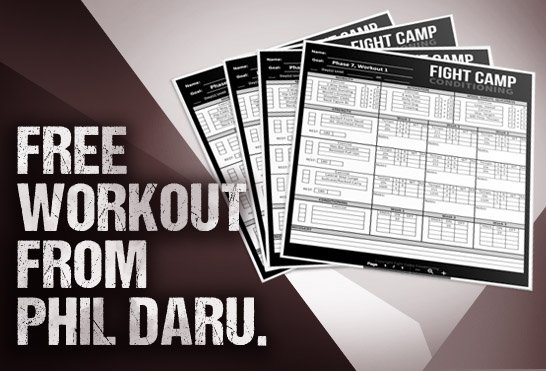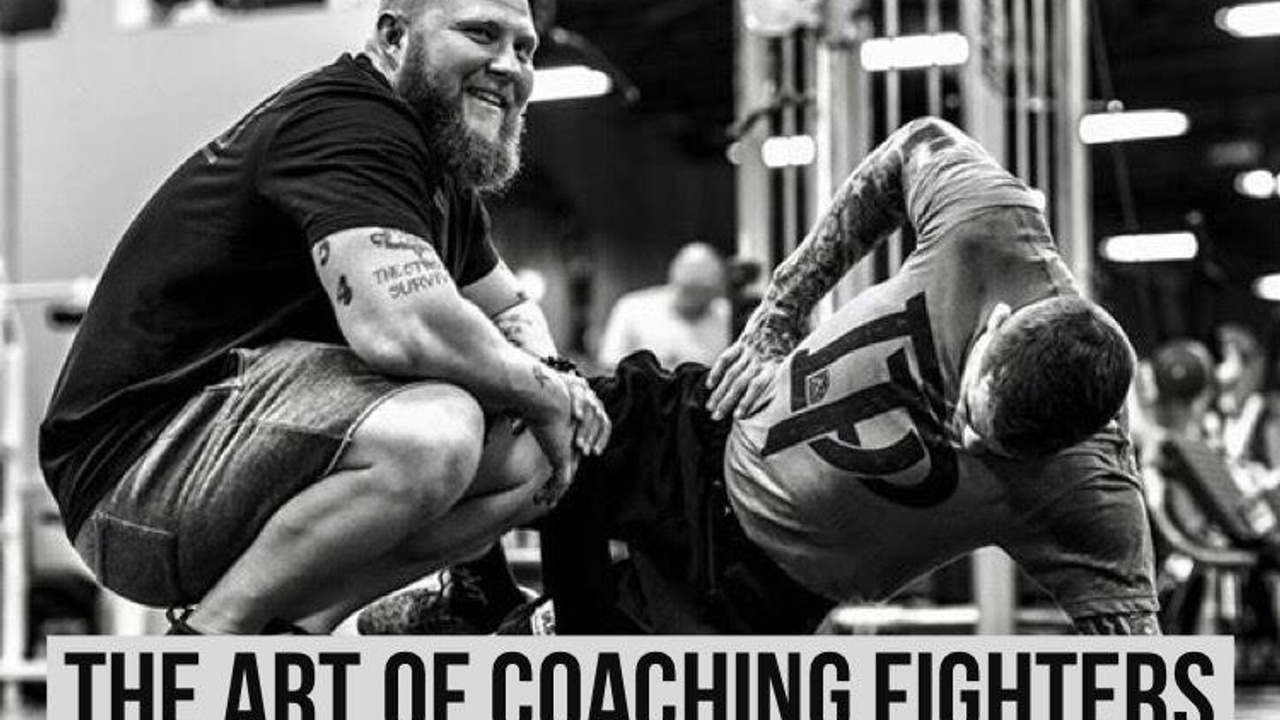
It Takes a Lot More than Hard Work… You Need to Connect with Your Fighters
By Phil Daru
Working with literally hundreds of fighters over my decade of coaching and formally being a professional fighter myself I’ve found that these individuals are very idiosyncratic. They are a special type of athlete that depends highly on a mental edge and superstitious advantages. As a coach understanding science and basic programming will be a base of knowledge that is important for overall success. Of course having the education of basic physiology, biomechanics, physics, and anatomy is a great base to start your coaching career. What most young coaches coming out of school lack is the ability to understand their athletes. To be able to conceptualize and identify mannerisms and body language that will subsequently alter the entire training session. This is extremely important when dealing with athletes. Even more important when dealing with combat athletes.
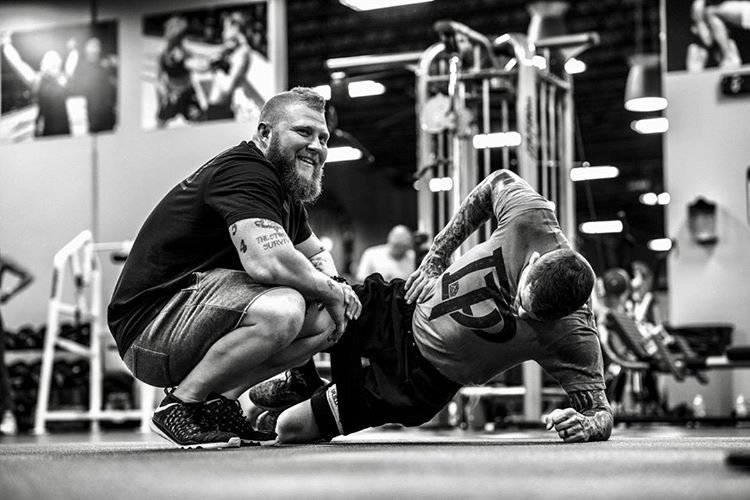
The Art of Coaching:
There is a true art behind training and coaching. Understanding your athlete's abilities and what drives them is a key component when working with fighters. You have to get to know them even further on a personal level, see exactly why they are doing, what they do and where they come from. Constantly asking questions and going into deep detail on where their head is at during competition and practice. Feedback from the athlete on a constant basis is very important this will give you a blueprint of exactly how they react and what they are thinking at each circumstance. Finding out their wants and needs, finding what truly drives them to train and get better. Learning the environment around them and getting comfortable jumping into their world to truly connect with them on a personal level. Giving constant feedback weather good or bad can set your trust and loyalty with that fighter. They will feel more apt to train hard for you and ask advice when necessary. Constructive criticism shows the athlete that you are not just there to be a cheerleader and are truly there to help them succeed.
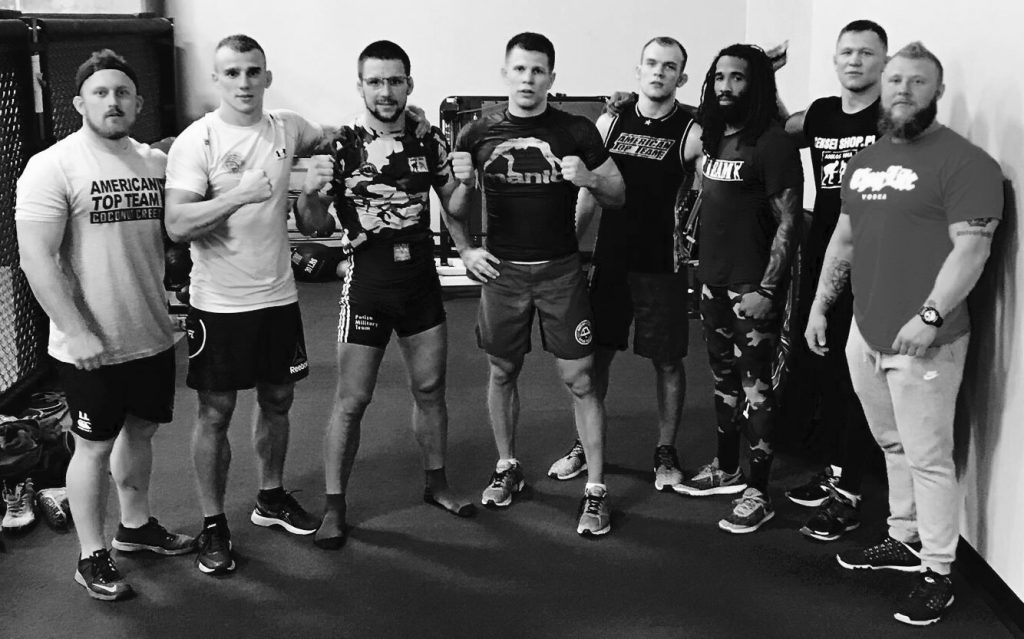
The Science Behind the Art:
 In the beginning of any relationship you must get to know each other by constant questions and interaction. Same goes for coach and athlete. You must get to know your fighter on all levels. This is where the initial assessment comes into play. This is a private meeting with the individual to go over all aspects of your training. Giving them an example of how you coach and what type of person you are will set the relationship off to a good start. Be fully engaging. Give examples of circumstances that they can connect with and let them know that you are fully there to help them achieve their goals. Ease into personal questions that will help you to understand their subjective vision on the future and why they are stepping into the cage to fight another individual. Some fighters truly just love to fight and some are former athletes that want to still compete at the highest level. Some are doing strictly because they have nothing else going for them and it’s all they know. I have a mixture of all and learning what will help them work to their absolute highest potential can be the most important aspect in all of your training. Having a system is important, always make a checklist of questions in the beginning of the relationship and make it a point to ask consistently. Make it a habit to ask “how are you feeling” and “what did you do today” this shows that you care what they are doing outside of your training. Texting every day or at least every other day is easy to do and well received.
In the beginning of any relationship you must get to know each other by constant questions and interaction. Same goes for coach and athlete. You must get to know your fighter on all levels. This is where the initial assessment comes into play. This is a private meeting with the individual to go over all aspects of your training. Giving them an example of how you coach and what type of person you are will set the relationship off to a good start. Be fully engaging. Give examples of circumstances that they can connect with and let them know that you are fully there to help them achieve their goals. Ease into personal questions that will help you to understand their subjective vision on the future and why they are stepping into the cage to fight another individual. Some fighters truly just love to fight and some are former athletes that want to still compete at the highest level. Some are doing strictly because they have nothing else going for them and it’s all they know. I have a mixture of all and learning what will help them work to their absolute highest potential can be the most important aspect in all of your training. Having a system is important, always make a checklist of questions in the beginning of the relationship and make it a point to ask consistently. Make it a habit to ask “how are you feeling” and “what did you do today” this shows that you care what they are doing outside of your training. Texting every day or at least every other day is easy to do and well received.
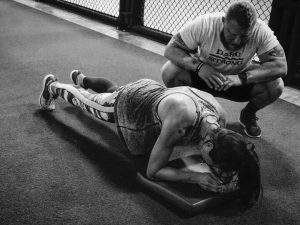 I make it a point to have constant communication with all my fighters in and out of fight camp. When you show you care they will train and work hard for you. If you don’t do this you may not see their true potential. Continue to learn and grow yourself so that you can introduce your athlete to a new stimulus. This will show that you care about them getting the best possible training. Going to seminars and getting knew certifications shows them that you are just as dedicated to their success as they are. Bring in other individuals that can help aid in their training whether it be a chiropractor, physical therapist, sports massage therapist, sports psychologist or nutritionist. This will show them that you are not all about yourself and what you can get out of them. it’s all about the progression of their career and how we can work together as a team to get them to the peak of their career. Try testing physical and physiological examinations to show progress but also to show them that you are invested in knowing exactly what they need and where they need to be. I have come out of my own pocket at times to get testing done or travel for my fighters so that they can see that I’m not just taking their money or trying to get on national television with them for my own selfish exposure. As a coach you are a teacher, mentor, friend, and motivator but most importantly you must be the most truthful person in their professional career. Giving them positive feedback but also informing them if they need to step it up. This is where the true art of coaching becomes the most important part to the “buy in” of your athletes to your coaching services.
I make it a point to have constant communication with all my fighters in and out of fight camp. When you show you care they will train and work hard for you. If you don’t do this you may not see their true potential. Continue to learn and grow yourself so that you can introduce your athlete to a new stimulus. This will show that you care about them getting the best possible training. Going to seminars and getting knew certifications shows them that you are just as dedicated to their success as they are. Bring in other individuals that can help aid in their training whether it be a chiropractor, physical therapist, sports massage therapist, sports psychologist or nutritionist. This will show them that you are not all about yourself and what you can get out of them. it’s all about the progression of their career and how we can work together as a team to get them to the peak of their career. Try testing physical and physiological examinations to show progress but also to show them that you are invested in knowing exactly what they need and where they need to be. I have come out of my own pocket at times to get testing done or travel for my fighters so that they can see that I’m not just taking their money or trying to get on national television with them for my own selfish exposure. As a coach you are a teacher, mentor, friend, and motivator but most importantly you must be the most truthful person in their professional career. Giving them positive feedback but also informing them if they need to step it up. This is where the true art of coaching becomes the most important part to the “buy in” of your athletes to your coaching services.
In closing we must be conscious of the athletes state of mind and their personal goals as a whole. Coaching is not just a science, it's an art and there is a science behind the art. Learn this through practical application and getting in the trenches with all the athletes. Textbooks are good to read but know how to auto-regulate by asking questions and developing a true relationship with your athletes.
